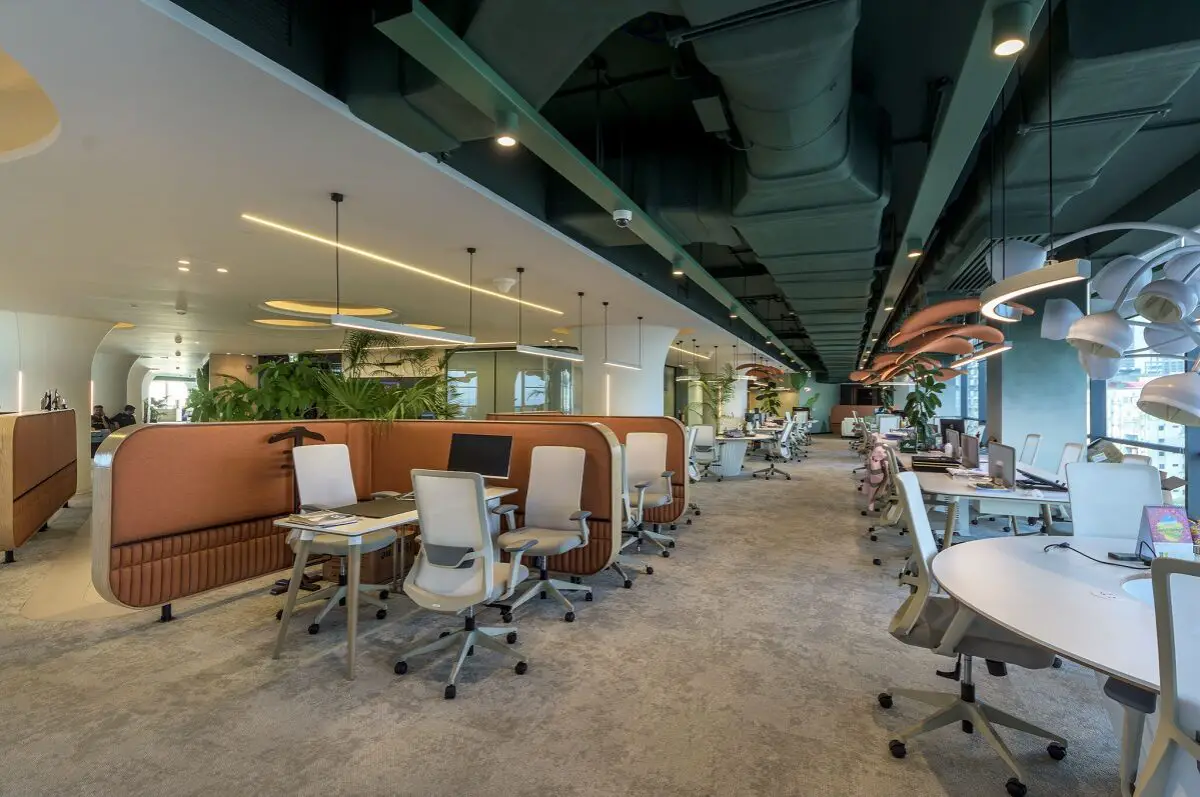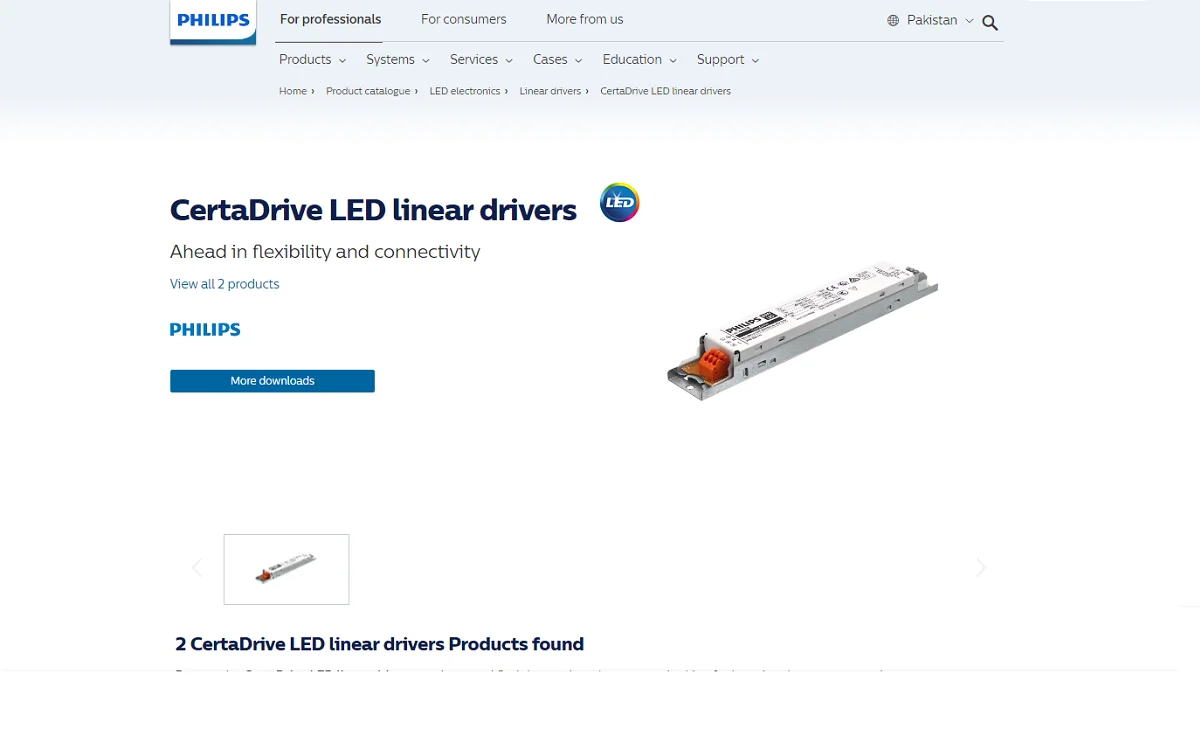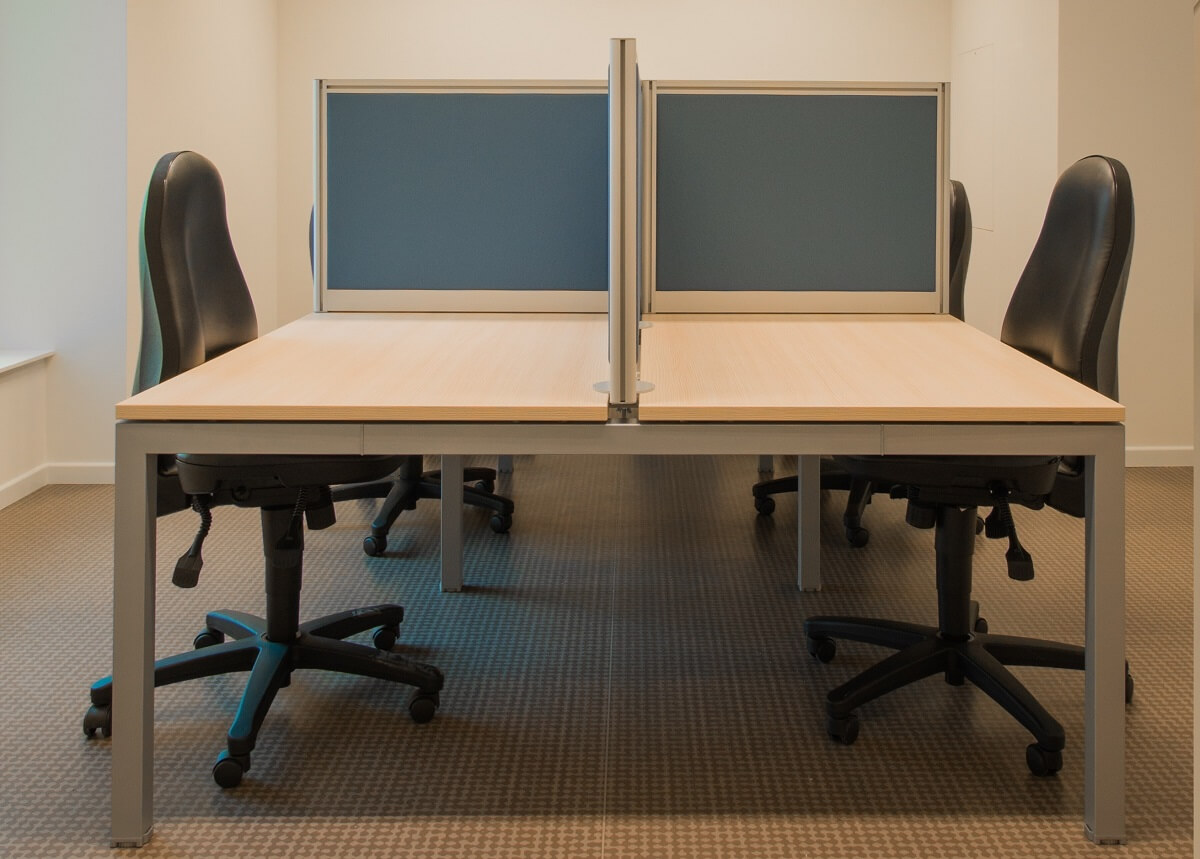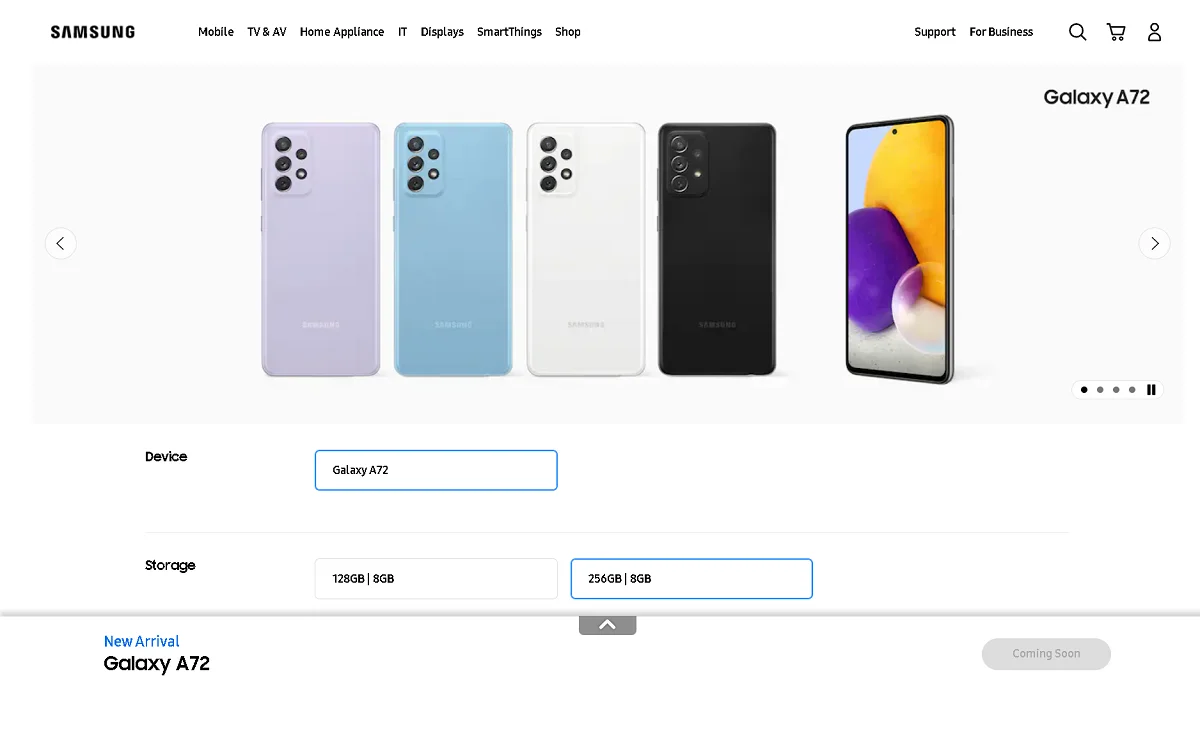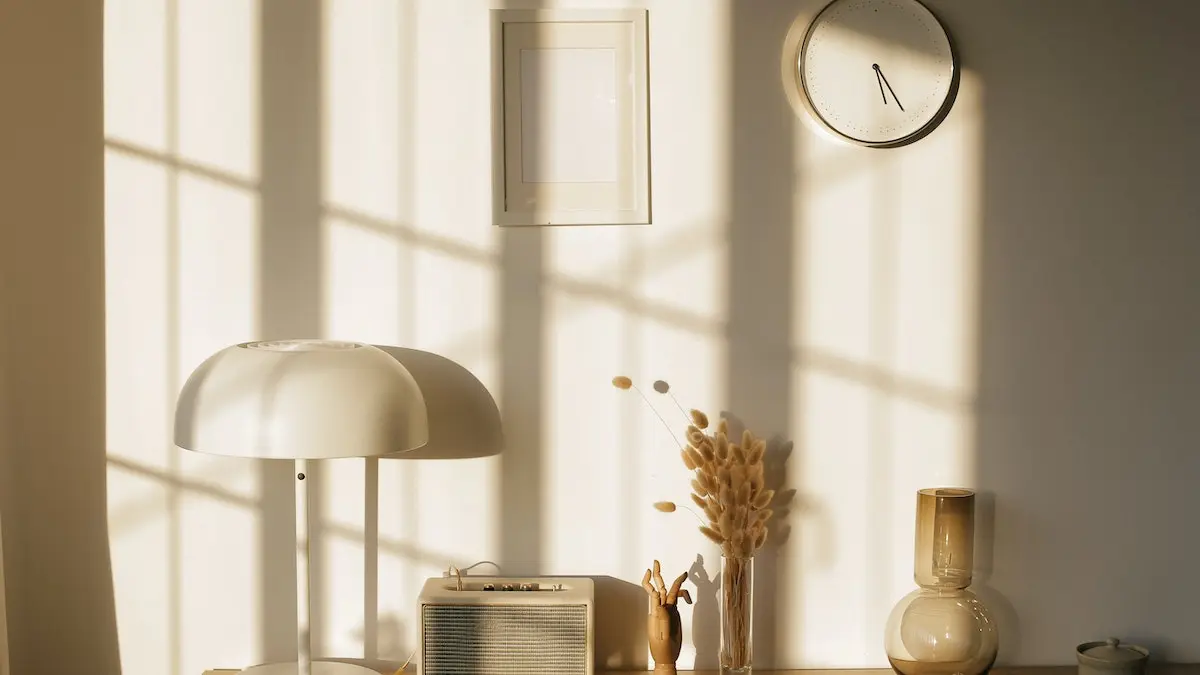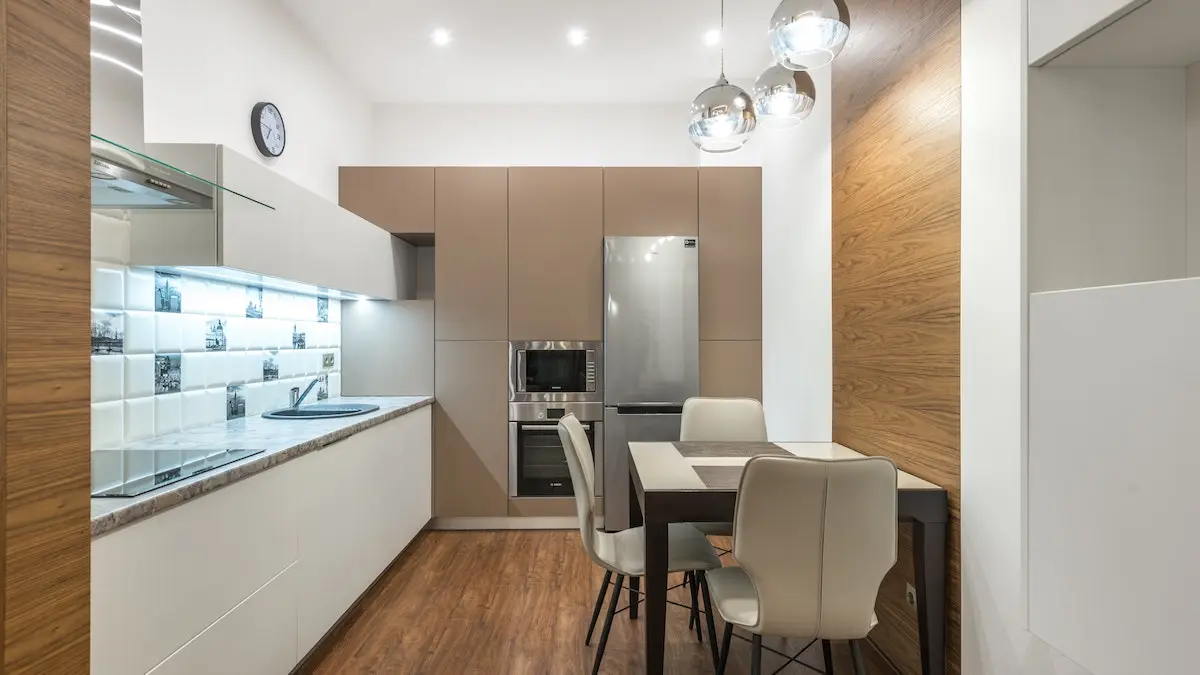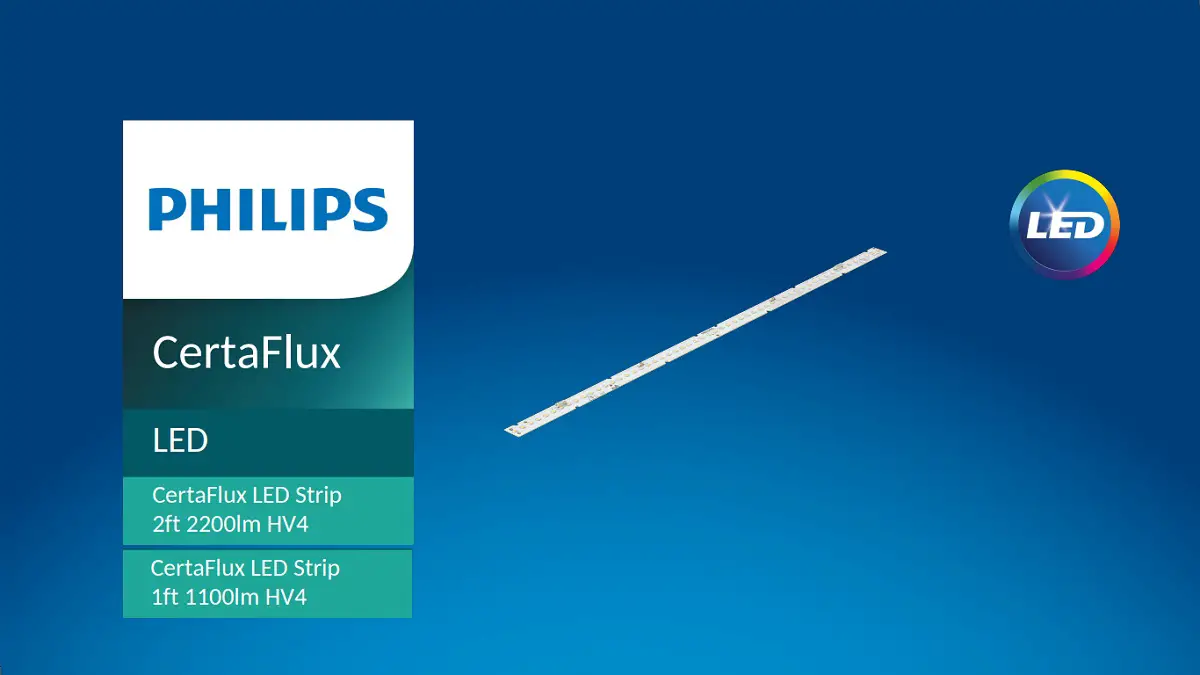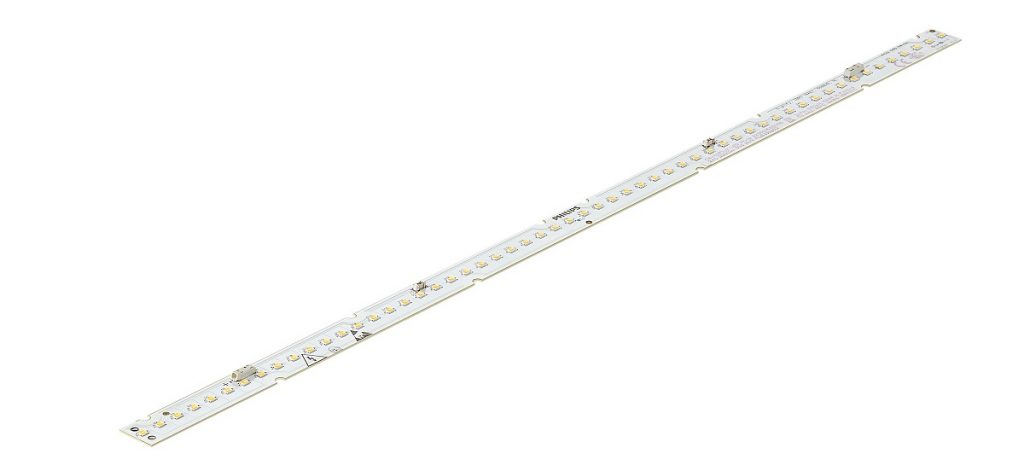Brand Management: Brand management is the process of creating and maintaining a strong and consistent brand identity for a business or organization. It involves a range of activities, from developing a clear brand purpose and set of values to designing compelling visuals and delivering a positive brand experience for customers. In today’s highly competitive business world, effective brand management is more important than ever before.
Brands are more than just names or logos; they are representations of the values and beliefs that a business stands for. Effective brand management helps businesses to communicate these values and beliefs to customers in a way that resonates with them. By creating a strong brand identity, businesses can differentiate themselves from competitors and build lasting relationships with customers.
One of the key benefits of brand management is increased brand awareness and recognition. A strong and consistent brand identity makes it easier for customers to recognize and remember a business, which can lead to increased sales and market share. Additionally, effective brand management can help to improve customer loyalty and retention by creating a positive brand experience that customers are more likely to return to.
In today’s business world, where competition is fierce and customers have more choices than ever before, effective brand management is essential for businesses to succeed. By investing in brand management, businesses can build a strong and recognizable brand identity that sets them apart from competitors and drives long-term success.
The Components of a Strong Brand Identity
A strong brand identity is built upon several key components, each of which plays a critical role in communicating a business’s values and beliefs to customers. Here are the key components of a strong brand identity:
- Brand purpose and values: A business’s brand purpose and values define its reason for being and the principles that guide its operations. These should be reflected in all aspects of the brand, from its messaging and advertising to its product development and customer service.
- Unique selling proposition: A unique selling proposition (USP) is the unique benefit that a business offers to customers that sets it apart from competitors. This should be clear and communicated consistently in all marketing and advertising materials.
- Brand personality and voice: A business’s brand personality and voice should be consistent with its purpose and values. It should reflect the tone and style of communication that the brand uses in all customer interactions, from social media posts to customer service emails.
- Brand visuals and design: The visual components of a brand, such as its logo, color scheme, and typography, play a critical role in communicating its identity to customers. These elements should be consistent across all marketing and advertising materials.
- Brand experience: The overall customer experience with a brand is a critical component of its identity. This includes everything from the quality of the product or service to the level of customer service and support.
By developing a strong and consistent brand identity across these components, businesses can communicate their values and beliefs to customers in a way that resonates with them and drives long-term success.
The Benefits of Effective Brand Management
Effective brand management can provide a range of benefits to businesses. Here are some of the key benefits of investing in brand management:
- Increased brand awareness and recognition: By developing a strong and consistent brand identity, businesses can increase their brand awareness and recognition. Customers are more likely to remember and recognize a brand that has a clear and consistent identity, which can lead to increased sales and market share.
- Improved customer loyalty and retention: A positive brand experience can help to improve customer loyalty and retention. Customers who have a strong connection to a brand are more likely to become repeat customers and recommend the brand to others.
- Differentiation from competitors: Effective brand management can help businesses to differentiate themselves from competitors. By developing a unique and compelling brand identity, businesses can stand out in a crowded market and attract customers who are looking for something different.
- Ability to command higher prices: A strong and recognizable brand identity can help businesses to command higher prices for their products and services. Customers are often willing to pay more for brands that they perceive as high-quality or unique.
Overall, effective brand management can help businesses to build a strong and recognizable brand identity that sets them apart from competitors and drives long-term success. By investing in brand management, businesses can improve their brand awareness and recognition, customer loyalty and retention, differentiation from competitors, and ability to command higher prices.
Strategies for Successful Brand Management
To successfully manage a brand, businesses should adopt strategies that ensure consistency, customer focus, adaptability, and performance analysis. Here are some key strategies for successful brand management:
- Consistency in brand messaging and visuals: Consistency is a key factor in developing a strong and recognizable brand identity. Businesses should ensure that their brand messaging and visuals are consistent across all channels and touchpoints, from advertising to customer service. This consistency helps customers to recognize and remember the brand, which can lead to increased brand loyalty and awareness.
- Understanding and meeting customer expectations: Successful brand management requires a deep understanding of customer needs and preferences. Businesses should regularly gather feedback from customers and use it to refine their brand identity and offerings. Meeting customer expectations helps to build a positive brand reputation and foster customer loyalty.
- Adapting to changes in the market: The market is constantly changing, and successful brand management requires businesses to be adaptable and flexible. Businesses should monitor market trends and adapt their brand messaging and offerings as needed to stay relevant and competitive.
- Measuring and analyzing brand performance: To ensure that their brand management strategies are effective, businesses should regularly measure and analyze brand performance. This includes tracking metrics such as brand awareness, customer loyalty, and market share. By analyzing this data, businesses can identify areas for improvement and refine their brand management strategies over time.
Overall, successful brand management requires consistency, customer focus, adaptability, and performance analysis. By adopting these strategies, businesses can develop a strong and recognizable brand identity that sets them apart from competitors and drives long-term success.
The Role of Social Media in Brand Management
In today’s digital age, social media has become an integral part of brand management. Here are some key aspects of the role of social media in brand management:
- Importance of social media for brand building and customer engagement: Social media provides a platform for businesses to connect with customers and build brand awareness. By regularly posting engaging content and interacting with followers, businesses can establish a strong social media presence and foster customer loyalty.
- Best practices for social media branding: To effectively use social media for branding, businesses should follow some best practices. This includes creating a consistent visual identity across all social media platforms, using relevant hashtags to increase visibility, and responding promptly to customer inquiries and feedback.
- Common mistakes to avoid in social media branding: While social media can be a powerful tool for brand management, there are also some common mistakes that businesses should avoid. These include posting irrelevant or offensive content, neglecting to respond to customer inquiries, and failing to monitor and respond to negative comments or reviews.
Overall, social media plays a critical role in brand management, providing businesses with a platform for building brand awareness and fostering customer engagement. By following best practices and avoiding common mistakes, businesses can leverage social media to build a strong and recognizable brand identity that resonates with customers.
Challenges in Brand Management
While brand management can be extremely rewarding, there are also some challenges that businesses face. Here are some common challenges in brand management:
- Maintaining consistency across multiple channels and touchpoints: With the proliferation of digital channels and touchpoints, maintaining a consistent brand identity can be challenging. Businesses need to ensure that their messaging and visual identity are consistent across all channels, from their website to their social media profiles, advertising, and packaging.
- Balancing long-term brand building with short-term sales goals: Building a strong brand identity requires a long-term strategy that may not yield immediate results. However, businesses also need to balance their long-term brand building efforts with short-term sales goals. This requires a careful balance of investing in brand building while also focusing on generating revenue in the short term.
- Responding to negative brand perception or crises: Negative brand perception or crises can arise at any time, and businesses need to be prepared to respond quickly and effectively. This requires having a crisis management plan in place, being transparent and authentic in communication, and taking decisive action to address the issue.
Overall, brand management is not without its challenges, but with a strategic approach and a focus on consistency and authenticity, businesses can successfully navigate these challenges and build a strong and recognizable brand identity that resonates with customers.
Conclusion
In conclusion, brand management is a critical aspect of any business that aims to build a strong and recognizable brand identity. A strong brand identity helps to increase brand awareness and recognition, improve customer loyalty and retention, differentiate from competitors, and even command higher prices.
To build a strong brand identity, businesses need to focus on various components such as brand purpose and values, unique selling proposition, brand personality and voice, brand visuals and design, and brand experience. They also need to adopt strategies such as consistency in messaging and visuals, understanding and meeting customer expectations, adapting to changes in the market, and measuring and analyzing brand performance.
Social media plays an important role in brand management, and businesses need to leverage it effectively to build their brand and engage with customers. Best practices for social media branding include creating a clear and consistent brand voice, leveraging user-generated content, and monitoring social media channels for customer feedback.
However, brand management is not without its challenges, including maintaining consistency across multiple channels and touchpoints, balancing long-term brand building with short-term sales goals, and responding to negative brand perception or crises.
In summary, investing in brand management is crucial for long-term success in today’s competitive business world. By developing a strong brand identity and adopting effective brand management strategies, businesses can build brand recognition, differentiate from competitors, and ultimately drive revenue growth.
Photo by Lorena Martínez

